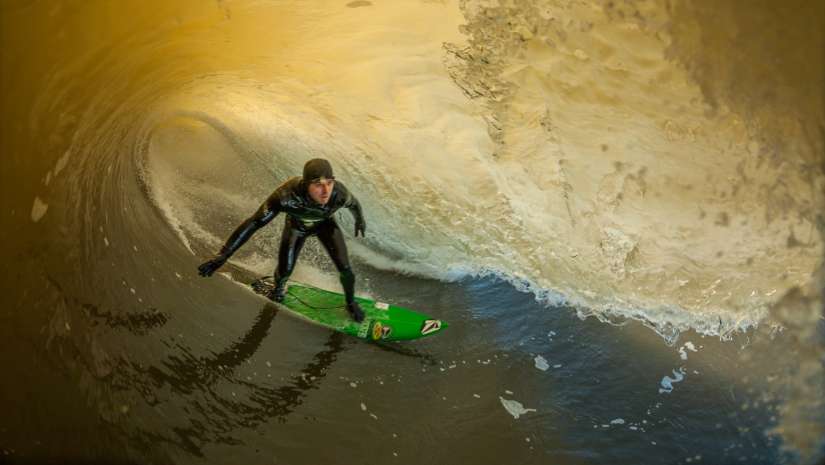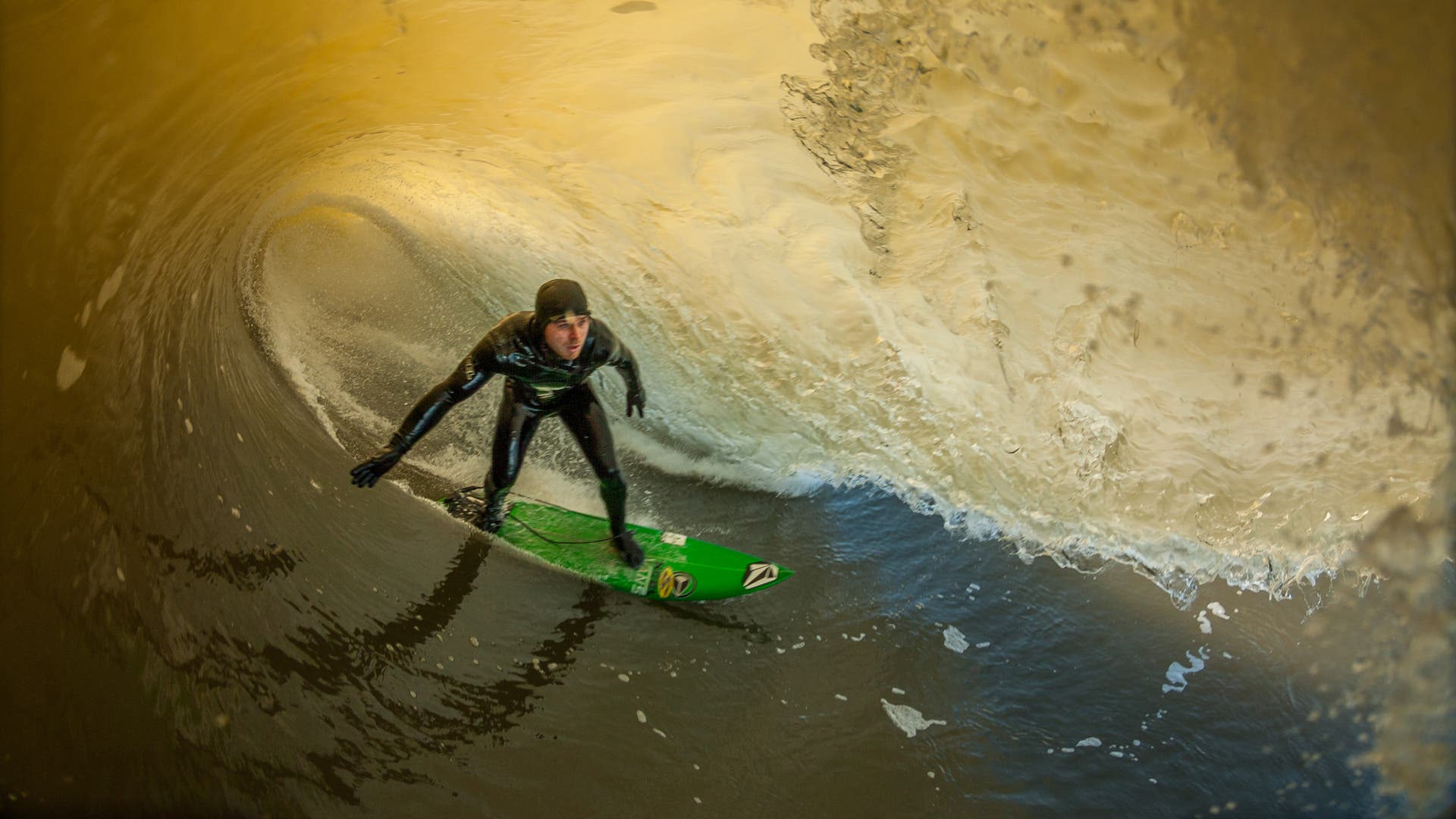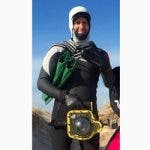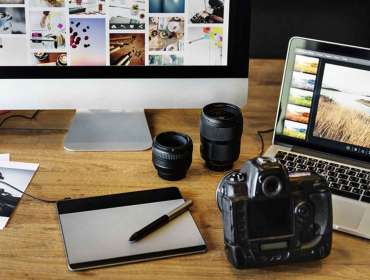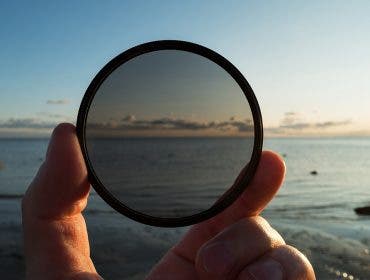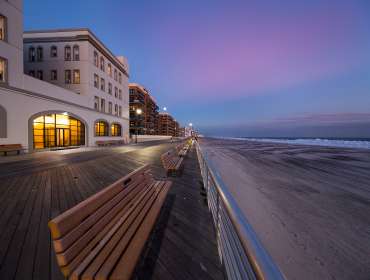“Shop the Shot” is a regular series on ALC where we highlight some of our favorite images taken by photographers from all over the world and reveal the gear and settings used to create them.
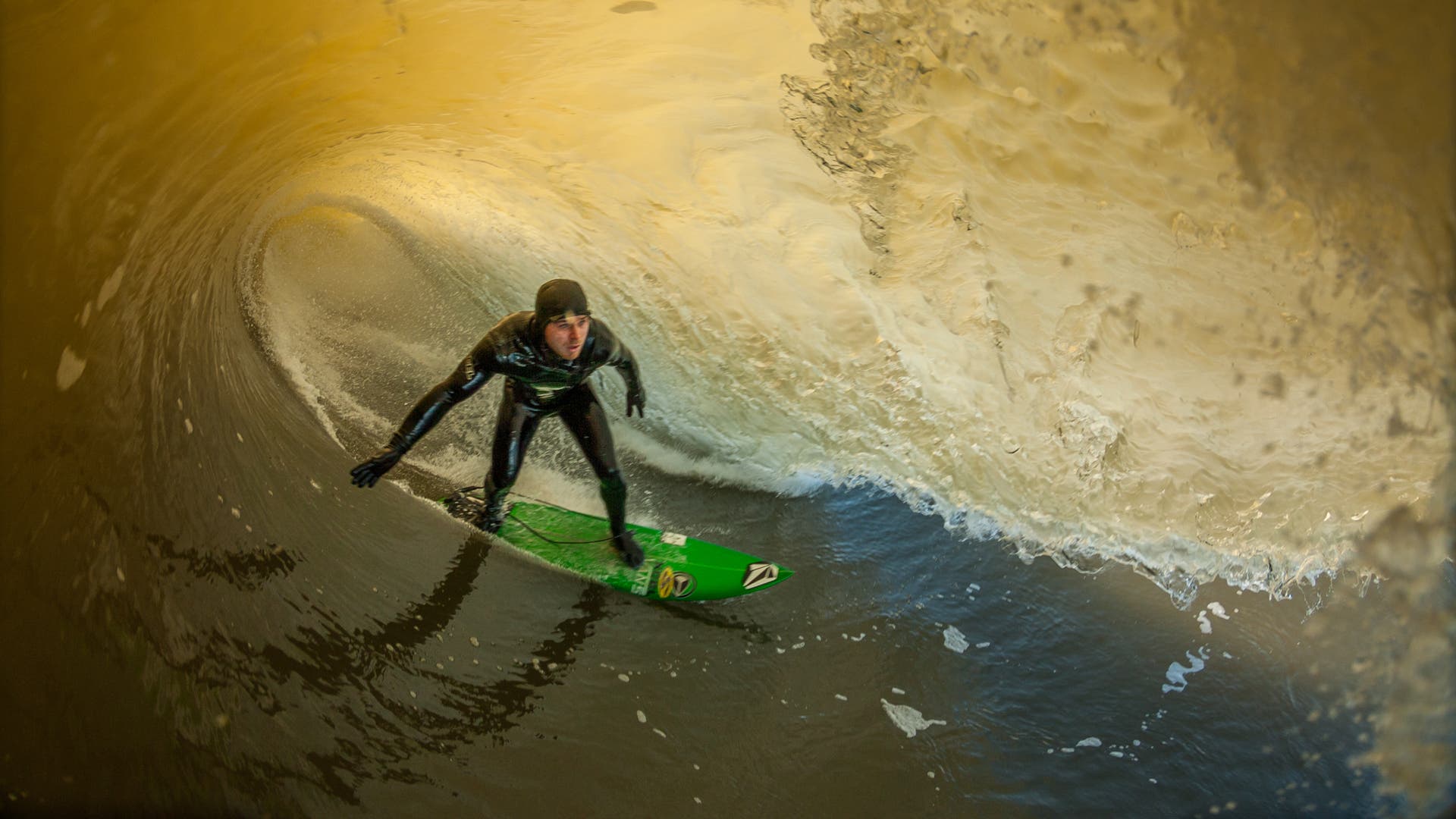
Photographer: Mike Nelson
Gear:
Custom Water Housing
Settings:
ISO 320
F5.6
1/640 seconds
The Story:
When you are a surfer this is what you want to do, when you are a surf photographer this is what you want to capture. This photograph of professional surfer Mike Gleason was taken in Monmouth Beach, New Jersey in the middle of winter. I regularly watch the weather maps and try to predict when and where large waves and good wind conditions will occur in my area. For this type of shot, a durable water housing is mandatory. I can’t stress enough not to buy a cheap water housing, after all, the only thing between your expensive camera and an ocean of water is that housing. The goal is to get a great shot and get your camera back to the beach nice and dry. The tricky part with this type of shot is to anticipate where the surfer is going to be enveloped by the wave. Like most other sports, this is something you learn over the years, watching or practicing. After you figured out where this may happen, you want to position yourself as close as possible to the surfer without getting hit by him. In some instances, you may be only a few inches away from the passing surfer, so always keep your eyes on him and the incoming wave to put yourself in the best possible spot without getting in the surfer’s way.
To capture this perspective, I used a Canon 1DX with a Canon 14mm f2.8 in a custom water housing. A camera with a fast frame rate along with super wide angle lens are essential for this type of photo. My camera settings will vary depending on light and water conditions, but typically I will shoot in TV or AV. This shot was captured in TV mode at 640 , F5.6, ISO 320. Things are moving really fast out there, and it is cumbersome to change camera settings when it is in the housing, so I really like to have the camera do some of the thinking. Just make sure your shutter speed is up over 500 and your aperture is in a range where your lens will be nice and sharp. To achieve this, I set my ISO to 320 or 400 ( sometimes higher), then select my shutter speed based on available light. This combination usually gives me an aperture I can work with. Typically with sports shooting you will be sitting on the sidelines with a longer lens, this technique works well, but you end up being a little disconnected from the action. Shooting action with an extreme wide angle can offer a different perspective and make your day a little more interesting.
